Innovations in AI Learning: Meeting Learners at Their Point of Need

In our previous L&D column, “AI-Powered Learning and the Need for Human Connection,” we considered the complex interplay between Artificial Intelligence (AI) and the human aspects of professional training. We explored the possibilities and pitfalls of AI in creating personalized, efficient learning experiences, from intelligent tutoring systems to adaptive chatbots, and questioned their ability to maintain the essential human touch in eLearning.
This raised the question of how L&D professionals will integrate AI’s capabilities with human soft skills to preserve the interpersonal aspects of learning and facilitate effective human-AI collaboration within asynchronous learning environments.
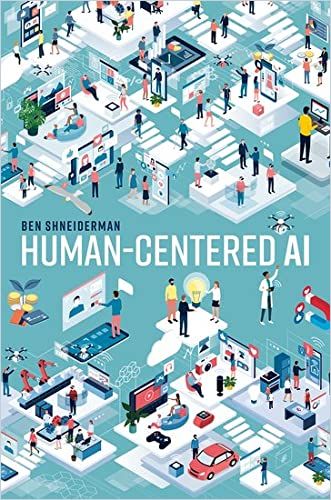
Today, we broaden the scope of this dialogue by shifting our focus to the heart of the matter: the learners themselves. How do these advancements in AI address their specific needs, not just in theory, but in the tangible, sometimes messy realities of everyday learning and development?
As we explore the intersection of AI and learner needs, we’re venturing into unchartered territory. What lies ahead is as much about the advancements we can see today as it is about the possibilities that, until now, have been just out of reach.
Learner Needs in Real-World Onboarding Scenarios
Never are learner needs more pronounced than during the initial plunge into a new role. Imagine the scene: a new hire starting the onboarding process at a new job. What they need at this moment is a warm and welcoming sense of instant connection, practical support and guidance, and the right tools to help them adjust.
This is crucial: according to a Glassdoor study from 2015, companies that implement effective onboarding practices witness an 82% increase in employee retention and a productivity boost of over 70%. Add the recent trend that Generation Z now places a high value on tailored, digitally-driven, and interactive onboarding experiences, and it’s clear that addressing the needs of new employees is critical for both their success and that of the company.
Neglecting these needs can even lead to increased turnover among young professionals, which costs organizations up to 33% of an employee’s annual salary.
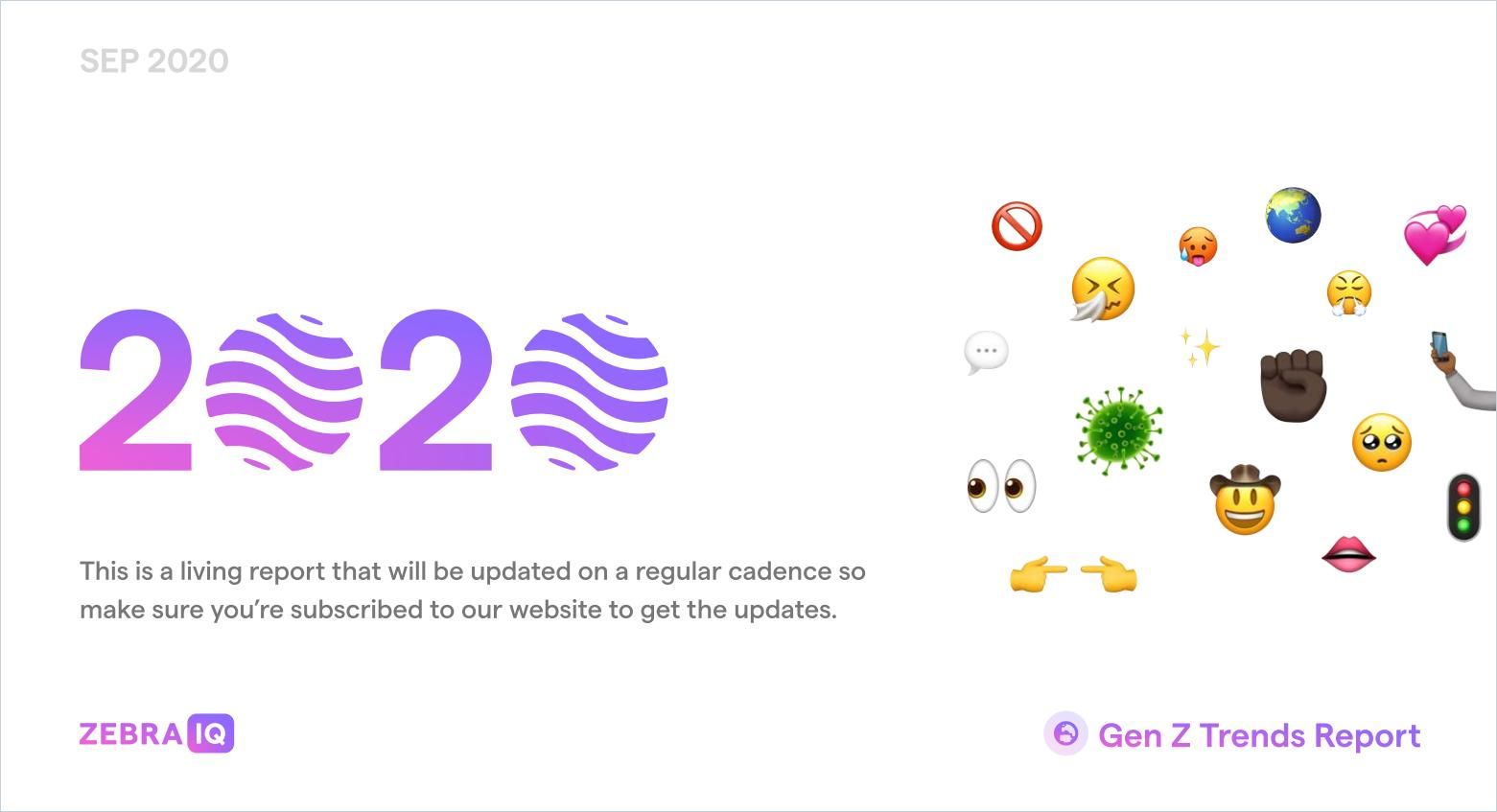
In her book, The Retention Revolution, business strategist Erica Keswin emphasizes the critical importance of a thoughtful, practice-oriented approach to onboarding. She singles out three “Ps” for onboarding success:
- Be Professional: Designate a single person to ensure a unified and intentional onboarding experience.
- Be Personal: Promote direct communication to integrate new hires’ perspectives and needs into the organization.
- Be Purposeful: Define clear onboarding goals that align with company values and the new employee’s role.
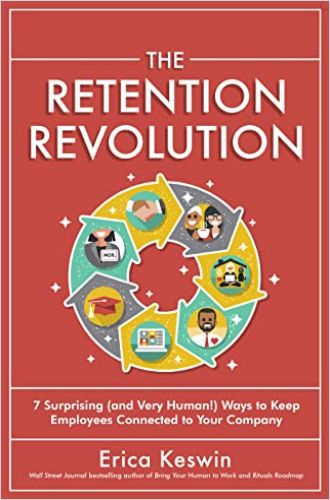
Viewing Onboarding Through the 5 Moments of Need
In a way, onboarding is the testing ground for Mosher and Gottfredson’s 5 Moments of Need. This model bridges the gap between traditional learning methods and the realities of modern learners by acknowledging that people have five types of needs when it comes to learning:
- Apply – the need to apply knowledge to real-life situations
- Change – the need to change behavior or mindset to achieve desired outcomes.
- Solve – the need to solve a problem or address a challenge
- New – the need for information or knowledge on a new topic
- More – the need for more depth or expertise on a specific topic.
Applied to the onboarding context, the five stages could take this course:
First up, the “New” moment. The new employee begins the onboarding phase, their mind a whirlwind of excitement and nerves. It’s their first day, and whether they’re learning the ropes face-to-face or through a screen, the goal is the same – laying down a solid foundation for their journey ahead.
Moving on, the “More” moment marks a turning point for those curious and eager to deepen their understanding. For example, new software tools or processes have been introduced, and the employee wants to learn more about how to use them effectively.
Then there’s the “Apply” moment. This is where it gets real, as the new hire puts their learning into practice. Take a sales rep, for instance, loaded with product info. They’re not just reading about it; they’re in the thick of simulations, practicing their pitch without the pressure of a real client breathing down their neck.
Next up, the “Solve” moment is the true test of an employee’s knowledge and skills. Suppose a marketing executive hits a snag, something they didn’t see coming. Instead of panic, there’s a toolkit waiting for them – troubleshooting guides and discussion forums.
It’s like having a team of experts at their fingertips, guiding them towards a solution.
And lastly, there can be a moment of “Change,” as significant organizational shifts demand adaptability. Employees face new policies or systems, a challenge far beyond mere adjustment. This stage is about evolution within the workplace, turning upheavals into opportunities for skillful business continuity and growth.
What Does AI-Assisted Learning Bring to the Table?
Applying this framework to various learning and development scenarios, from onboarding new employees to upskilling current ones, is not a novel concept. However, recent developments in AI-powered learning bring a fresh dimension to the discussion.
How might intelligent tutoring systems and adaptive technologies influence these moments, especially in personalizing experiences to meet the distinct needs of each learner in a dynamic and interactive way? And how could these advancements shape the future of learning and development?
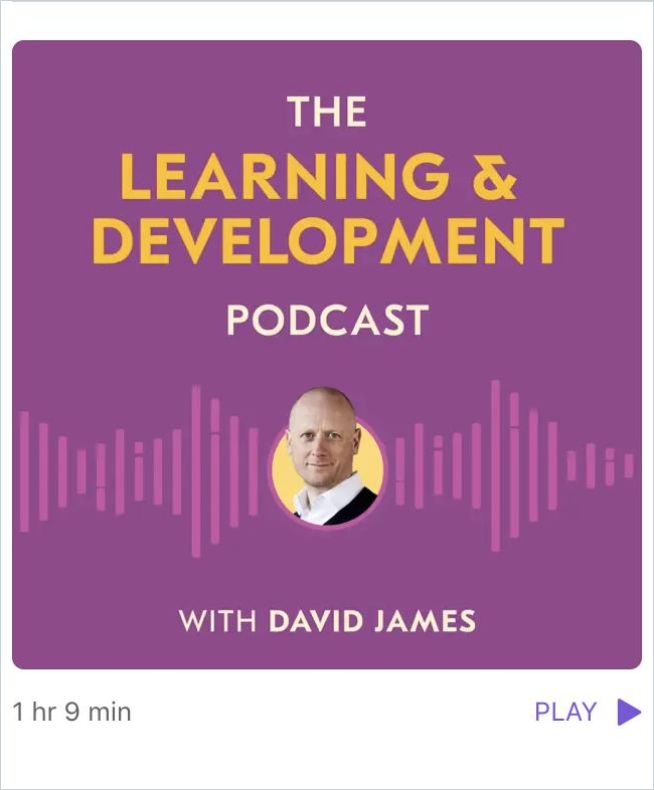
To answer these questions, let’s examine some practical applications that are already turning what was once mere speculation into reality.
Tailoring AI to Student and Educator Needs
Khan Academy’s AI-powered teaching assistant, Khanmigo, represents a significant step forward in AI-driven education. There are many ways in which it aligns with Mosher’s framework, addressing individual learning challenges, both in meeting learners’ needs and providing educators with invaluable tools to customize learning experiences.
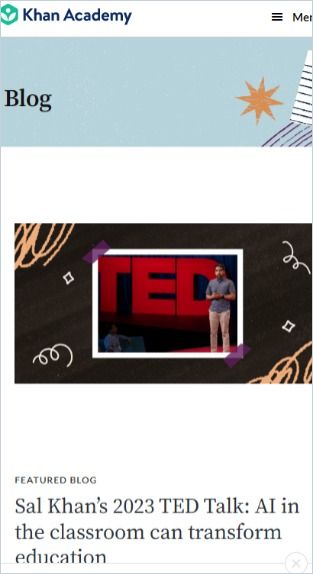
Consider a scenario where a student is tackling quadratic equations for the first time – a typical “New” moment in algebra. Upon detecting an error in the student’s solution, Khanmigo transcends mere error identification; it initiates an engaging, conversational approach. For example, if a student applies the wrong operation in their calculation, Khanmigo could gently probe, “Let’s think about the steps you took here. What led you to choose subtraction in this part of the equation?” This direct, adaptive approach fosters more profound understanding and self-reflection, critical aspects of effective learning.
Not only does [the tool] notice the mistake, it asks the student to explain their reasoning. It’s actually doing what I would say, not just even an average tutor would do, but what an excellent tutor would do.
Sal Khan, Founder & CEO, Khan Academy
For teachers, Khanmigo offers a different dimension of support. Take the “Apply” moment, for instance. Armed with AI-guided lesson planning and insightful student feedback, educators can tailor their teaching strategies. They can identify individual student needs, facilitating AI-assisted differentiation in the classroom. It’s easy to see how such new abilities to customize learning for each student can enhance the overall educational experience.
Chat with Trustworthy Compressed Knowledge
A new tool from getAbstract works in a similar way: getAbstract AI is currently in beta but is now available for customer use. This AI-powered chat has been trained using reliable and condensed content from the getAbstract library, encompassing over 27,000 titles. The tool offers secure responses to various business inquiries and, importantly, includes the sources for the provided answers, simplifying deep searches. Or, as industry expert Donald H Taylor puts it:
getAbstract is actually using AI for what it’s really good at, which is plowing through large amounts of data, but with a high-quality content set. Brilliant.
Donald H Taylor, Chair of the Learning Technologies Conference
Personalized Learning Paths in Medical Training
Rhapsode LEARNER by Area9 is another adaptive learning tool that customizes the educational experience for each user. It’s employed in fields like healthcare, where gaps in knowledge or “unconscious incompetence” can have serious consequences. This platform enhances metacognition, shifting learning from basic comprehension to a profound understanding of cognitive processes. Rhapsode adapts to each learner’s comprehension level, building knowledge and crucial confidence throughout various stages of the educational journey.
One area of application is medical board exam preparation. Here, Rhapsode personalizes learning experiences to suit individual progress, markedly increasing the likelihood of success in essential exams. A 2021 study confirms the platform’s effectiveness:
Internal medicine residents using it showed significant improvement in test scores, from an average of 46.9% in pre-tests to 76.29% in post-tests.
This technology, it’s evident then, responds not only to the initial challenges learners face with new concepts but also to the evolving complexities as they advance, thereby reflecting a nuanced understanding of the learning process and the needs of individual learners. Such a responsive approach is crucial in environments where rapid adaptation to new skills is essential – in short, Mosher’s “Change” Moment.
The evolution of AI in educational tools marks a significant change. It effectively bridges the gap between digital learning and learners’ complex, continuously changing needs. This promises a future where education adapts more closely to each student’s unique learning path.
Incoming: From Augmentation to Ubiquitous Learning
The future of AI in learning and development suggests a path toward even more sophisticated forms of cognitive and experiential augmentation. Possible developments include:
- Hyper-Personalized Learning Experiences: AI systems are likely to evolve, tailoring learning to each individual by considering styles, emotional states, and environmental factors, thereby achieving a new level of personalization.
- Augmented Reality (AR) and Virtual Reality (VR) Integration: Imagine a future where AI frequently works alongside AR and VR. This collaboration could transform learning experiences into immersive journeys closely linked to real-world scenarios.
- Predictive Analytics in Learning Paths: What if AI could foresee a learner’s future educational needs or career directions? With big data, it may guide individuals on what to learn next.
- Automated Skill Gap Analysis: The potential of AI extends to identifying skill gaps, both individually and organizationally. It could align learning materials in real-time to bridge these gaps.
- Voice-Activated Learning Assistants: Consider the shift from text to voice. AI assistants responding to vocal commands could offer an intuitive and accessible way to access educational content.
- Seamless Learning Across Devices: Should AI continue to advance, it could redefine learning as a fluid experience that moves smoothly across different devices, always in harmony with the learner’s rhythm and timetable.
Beyond Departments: Are L&D Leads Keeping Pace with AI-Powered Self-Learning?
In these post-pandemic times, L&D departments are going through constant change. Initially, the focus was on transitioning from online-only formats, necessitated by the global health crisis, to a blended learning model that integrates digital platforms with traditional, in-person training methods. However, as this process unfolded, an unexpected disruption occurred. Recent advancements in Generative AI technology are clearly influencing the trajectory of L&D strategies, steering us back toward completely virtual solutions that are accessible anytime and anywhere.
The Inevitable Case for Digital Darwinism in L&D
Like it or not – the robots are here to stay. So, adapting to this tech wave is the inevitable next step. But think of these AI tools not as your replacements but as your backstage crew. Simply put, L&D professionals need to start regarding themselves more as architects of learning spaces rather than just content pushers. In this new world, AI is the bridge-builder. As recent examples of adaptive tutoring systems show, they can connect learners with relevant content and experiences – precisely at their point of need – and align these with their personal learning paths and professional aspirations. And they’re probably getting better at it, faster than we believe.
However, this evolution is about more than adopting new technologies or methodologies to keep up with the rapid change. It also involves understanding and meeting the growing demand for self-directed learning, facilitated, in turn, by the very AI advancements we’ve seen. Modern learners, empowered by digital resources, increasingly seek autonomy in their learning journeys.
This trend challenges the traditional role of corporate learning even more. Could employees soon bypass their L&D departments entirely if they aren’t up to par?
Imagine a scenario where employees independently select their own learning providers, tailoring their education to their specific reskilling and upskilling needs. One-stop-shop platforms like LinkedIn Learning, Skillshare, and Udemy come to mind. But there’s also a rising wave of industry-specific online courses and certification programs out there, really dialing into those specialized learning needs.
Chatbot, Where Do We Go from Here?
The crystal ball is cloudy, even for AI, making it impossible to predict how exactly things will unfold. In one scenario, L&D professionals might evolve into learning consultants rather than traditional trainers. They could offer personalized guidance to employees, helping them navigate external resources while ensuring alignment with broader organizational goals. Or we might see a collaborative approach between employees and L&D departments where learning pathways would be co-created, blending organizational requirements with individual learning preferences. Here, L&D leads would act as facilitators, helping to integrate external learning opportunities with internal training, thereby creating a more holistic and employee-centric learning experience.
One thing is clear, though. We need to rethink traditional metrics of success. There should be less focus on course completion rates and more on the impact of learning on performance and personal growth.
In short, the future of learning is not just about developing intelligent systems. It’s about intelligently using them to anticipate and respond to learners’ immediate and future needs. After all, that’s where human intuition and AI precision converge.







